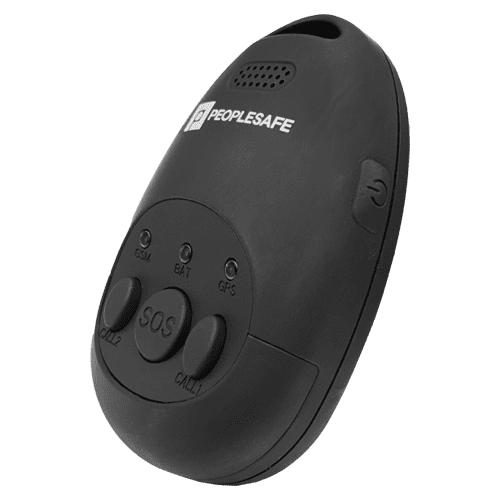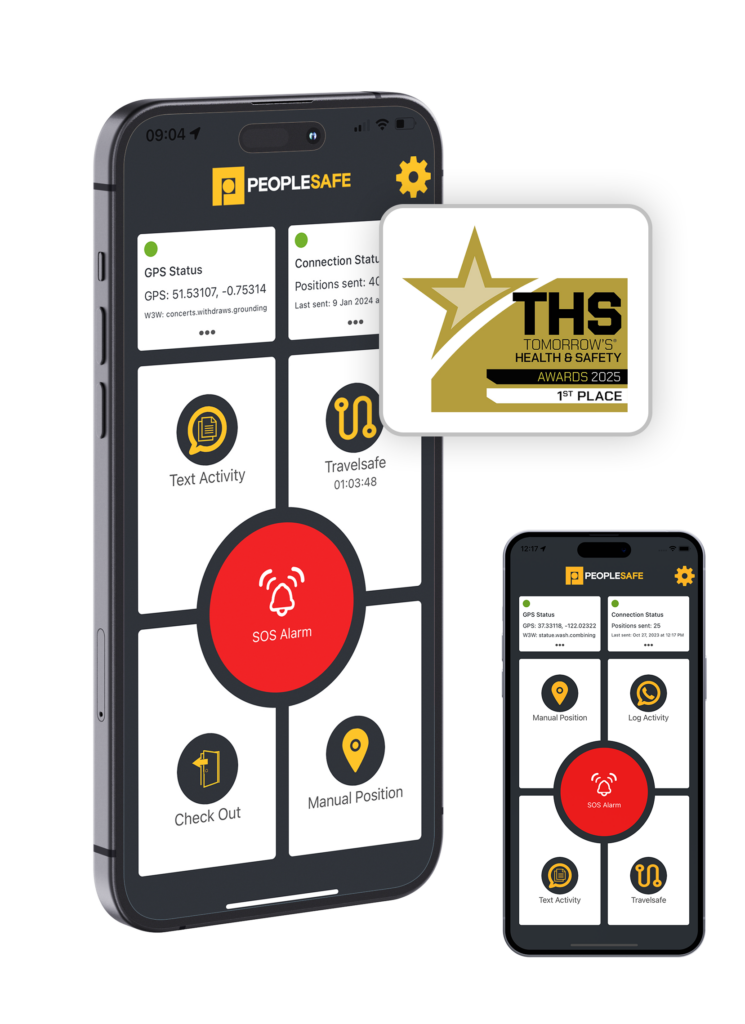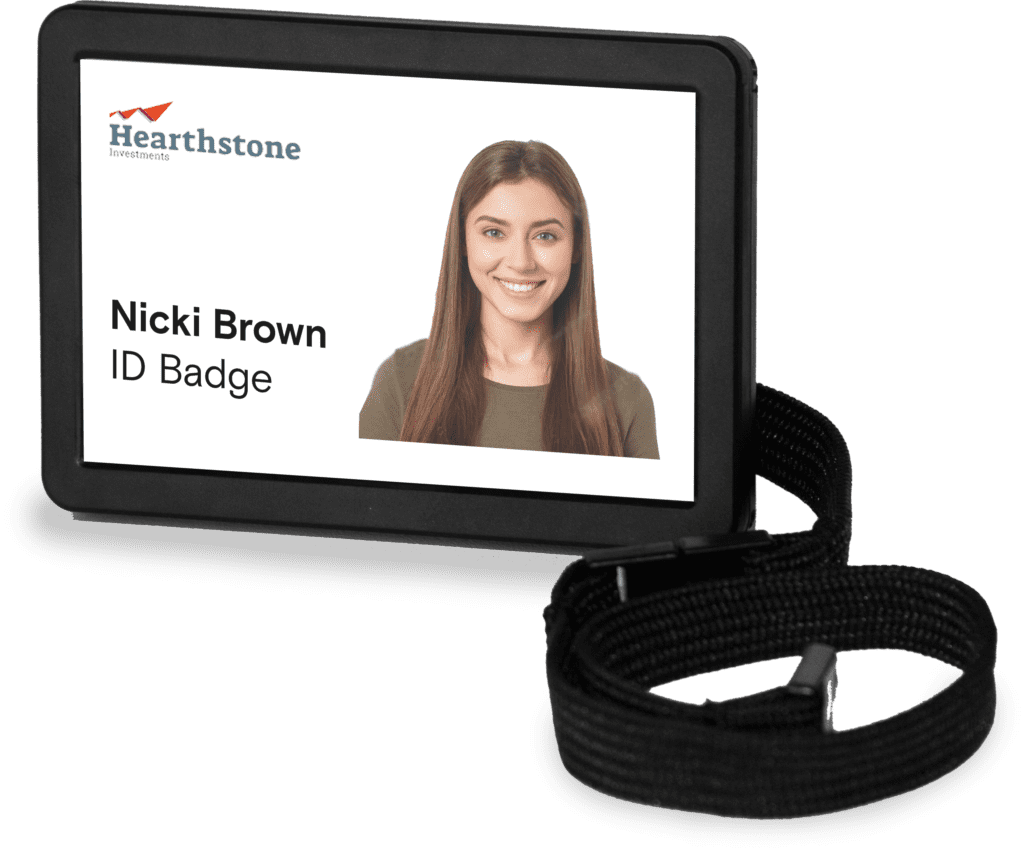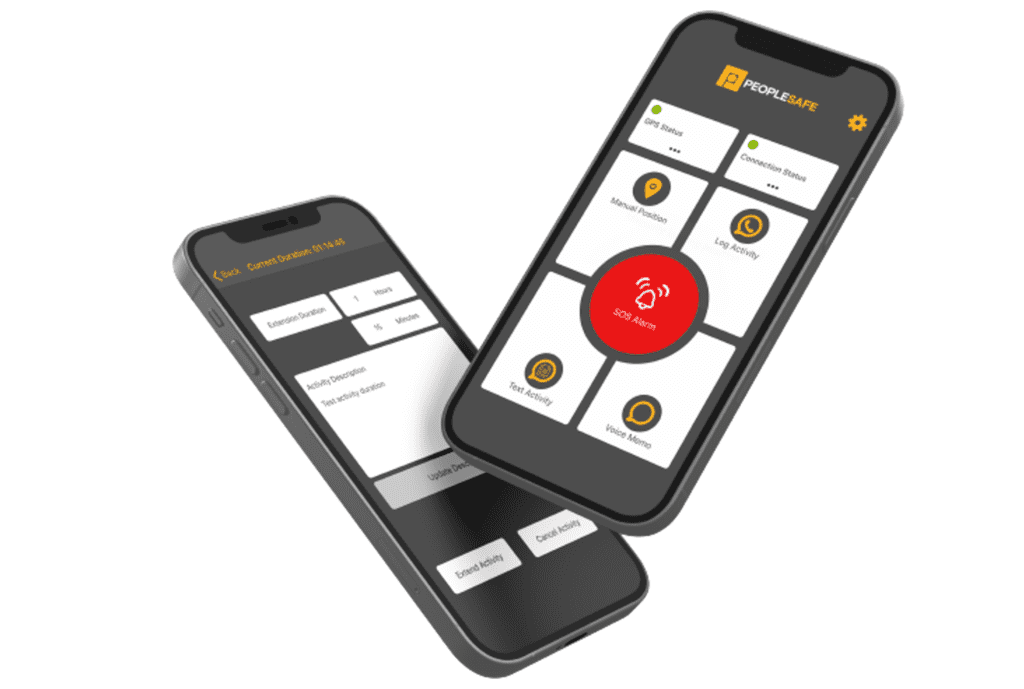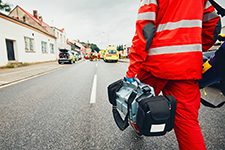Preparing For Lone Working In The NHS
An increasing number of NHS staff are now lone workers, for some or all of their day, in community settings such as patients’ homes or on outreach work. NHS Protect defines lone working as ‘any situation, or location, in which someone works without a colleague nearby, or is out of sight or earshot of another colleague.’ Even staff working in large buildings or small health centres may be considered lone workers if they’re in an isolated area.
A move towards mobile working and cost-saving measures including reductions in staffing levels have led to a higher number of employees working alone. Lone workers can be vulnerable and at an increased risk of physical or verbal abuse and harassment from patients, clients, their relatives or members of the public, simply because they don’t have the immediate support of colleagues or security staff.
A recent analysis of incident data carried out by NHS Protect found that the risk of violence is even greater for lone working NHS staff with the proportion of lone workers sustaining injury from a physical assault being around 9% higher than for non-lone workers.
Situations where NHS staff may be working alone
This list is not exhaustive, but serves to illustrate the wide range of lone working situations NHS staff may find themselves in:
- Caring for a patient at their home
- During a one-to-one consultation in a clinical room
- Any role which involves home/domiciliary visits such as district nursing, community midwifery or community mental health nursing
- Escorting a patient from one side of a hospital to another
- Collecting equipment from an isolated part of a building – particularly at night when fewer staff are around
- Being the first or last person to arrive/leave and unlock/lock up a building
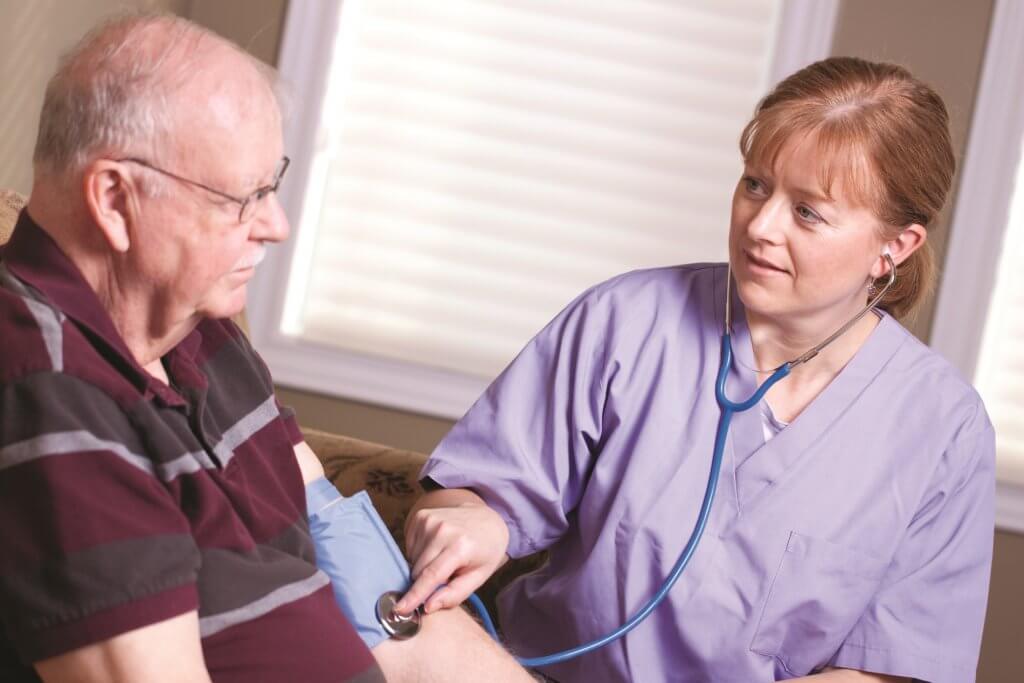
Employer Responsibilities
Under health and safety laws, employers have a duty to protect their employees, including lone workers, by providing a safe working environment; assessing any risks to health and safety and taking reasonable steps to eliminate or reduce those risks.
Lone Worker Policy NHS
Healthcare organisations must have lone working policies and procedures in place. These could be standalone policies or form part of wider violence and aggression policies. There needs to be a clear outline of who is accountable and the roles and responsibilities for ensuring the policy is implemented. It is essential that all new employees are made fully aware of the lone working policies and procedures – it could be something that’s integrated into new employee induction programmes.
Policies and procedures must be kept under constant review to take account of changes in the external environment, the introduction of new technologies and the lessons learned from the investigation of incidents that occur.
Risk assessments
Employers have a legal duty to carry out risk assessments for any work-related activities that present a risk to employees’ personal safety. There should be a clearly documented risk assessment process that is specifically in relation to lone workers. The risk assessment should identify:
- who might be harmed,
- the dangers faced, and
- the measures to be taken to prevent or reduce the risk.
It should also take into account the patients (e.g. do they have a record of violence), the work environment (e.g. is there a high crime rate or is it late at night), the task(s) being completed (e.g. breaking bad news) and any factors specific to the lone worker (e.g. training or competencies).
Read our risk assessment guidelines
Risk management
Healthcare organisations are required to implement measures to manage, control and mitigate risks to lone workers identified as part of the risk assessment. Examples of measures that can be taken include:
- Implementing an information sharing protocol – information concerning risks of individuals and addresses should be communicated to all relevant staff and external parties. Where practicable, a log of known risks might be kept.
- Emergency equipment – this might include providing a torch, a map of the local area, a first aid kit and telephone numbers for emergencies on a laminated card.
- Parking permits – to allow parking closer to patients’ homes, especially if parking is difficult out of hours.
- Whiteboard system – scheduled appointments for each lone worker are put on a whiteboard. They can communicate when they arrive and leave at each appointment, or colleagues can check in to verify their movements.
- Buddy system – lone workers nominate a colleague who will be their contact for the period in which they will be working alone. The nominated buddy will be aware of the lone worker’s movements (including breaks and rest periods); have all necessary contact details and will follow the agreed escalation procedures if the lone worker cannot be contacted.
- Personal safety device – connected to a 24/7 alarm receiving centre (ARC), a personal safety device is able to monitor a lone worker’s position, allows them to check in and out of appointments and raise an alarm in an emergency.
Peoplesafe is the UK’s largest supplier of personal safety devices. We are the only lone worker service accredited to all five parts of BS 8484:2022 and recently received BS EN 50518:2019 accreditation as well as Cyber Essentials Plus. Find us on the NHS Supply Chain.
In the case of healthcare buildings, controls on access, CCTV, security patrols and the layout of clinical rooms are examples of measures that can be taken to prevent incidents or reduce the risk of them escalating.
If the risk is caused or increased by visiting a patient, it may be safer if arrangements are made to have the patient visit a hospital/healthcare building. In some cases, even visiting in pairs may not be enough to reduce the risk.
Training
It is essential that staff are given the appropriate training in identifying, preventing, managing and de-escalating potentially violent situations. A national syllabus in conflict resolution training for the NHS was introduced in 2004.
Additional training might include personal safety while working alone, how to conduct a risk assessment and training on health and safety encompassing employee responsibilities. If lone worker protection devices are supplied, specific equipment training should also be delivered. This should include how to use the device and include scenarios the lone worker is likely to encounter.
Review
As part of the risk management process, the control measures need to be evaluated on a regular basis to ensure that the risks to lone workers are appropriately managed.
It is essential that staff are encouraged to report identified risks to managers, as well as ‘near misses’ so that the healthcare organisation can learn from previous incidents. Subsequently, the incident can be investigated, existing risk assessments can be reviewed and a new risk assessment can be carried out with appropriate control measures put in place to prevent it from happening again.
Being involved in an incident while working alone can be distressing. Employers should have systems in place to support lone workers following a near miss or an incident. They must be given adequate opportunities to debrief and be treated sensitively – they may need time off work to recover. In some cases, counselling may be required, as well as occupational health support in returning to work.
Employee Responsibilities
As an individual, there are a number of steps you can take to reduce your risk and protect your personal safety while working alone.
Before lone working
Familiarise yourself with the healthcare organisation’s local policies, procedures and risk assessments – these may differ between trusts and departments. Ensure you have as much information as possible before visiting an unfamiliar environment or doing a home visit.
If you’ve been provided with a personal safety device, it is your responsibility to keep it charged and in working order. Attend any training that teaches you how to use the device and other training sessions to prepare yourself for dealing with certain situations.
During lone working
Follow your workplace procedure for using lone worker systems. As an employee, under section 7 of the Health and Safety at Work Act 1974, you have a responsibility to use all equipment that is provided for your safety so long as you have been fully trained on how to use such equipment.
Before entering a premises, carry out a dynamic risk assessment by assessing the surroundings and the patient themselves. Make mental notes about any obstacles that are blocking a clear path to the door and notice which way the door opens. As for the patient, is their behaviour causing alarm or are there signs of drug or alcohol influence? If you feel unsafe, withdraw to a place of safety and inform your manager or buddy.

When driving, items such as bags, cases, electronics (e.g. mobile phone or laptop) and medical supplies should be kept out of sight and secure in the boot of your vehicle.
After lone working
Report any concerns including near misses, verbal or physical abuse to your line manager and via your organisation’s incident reporting systems. If you have been physically injured as a result of the incident, report it to the police.

